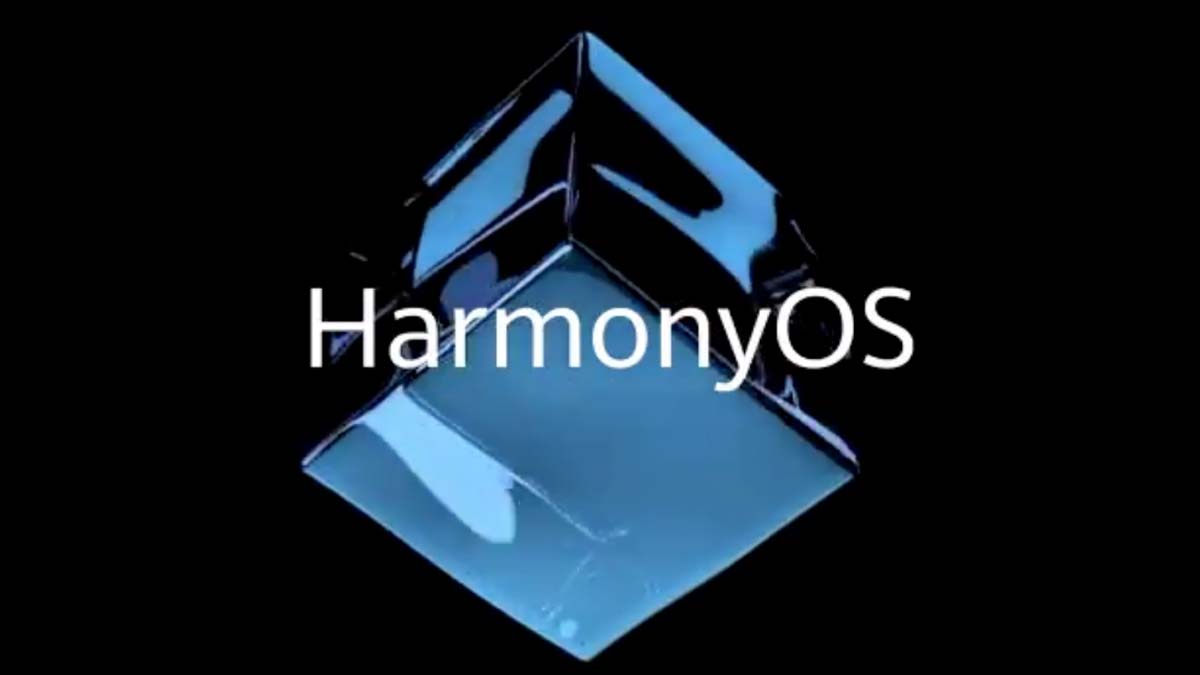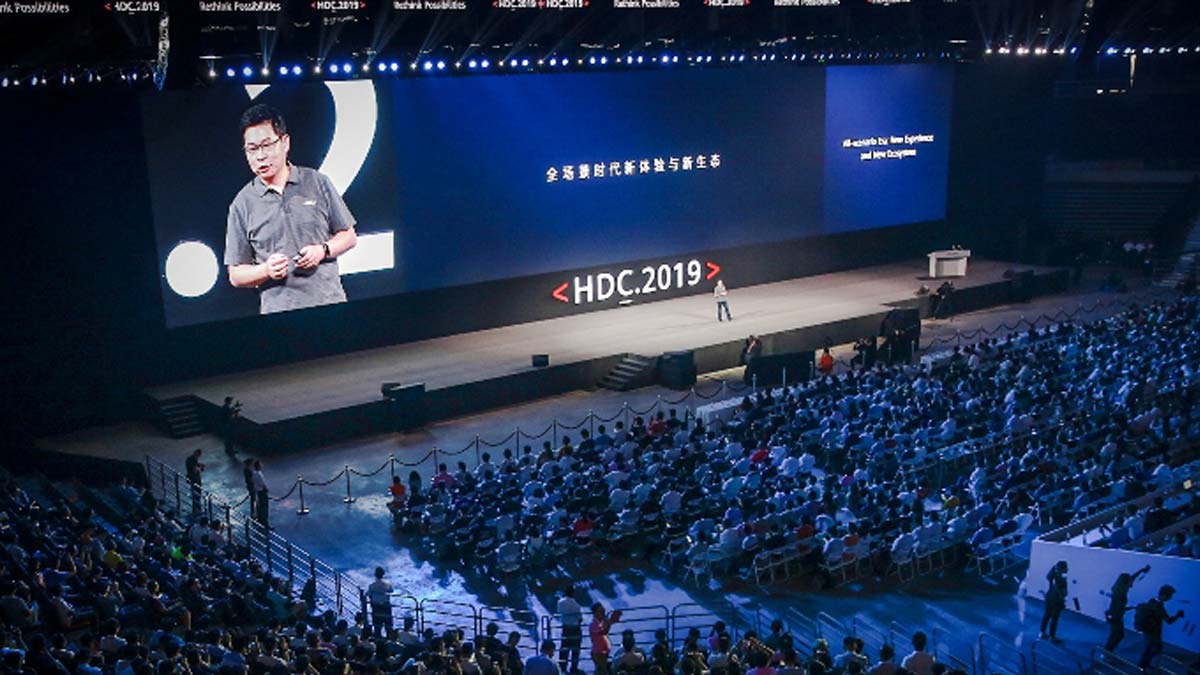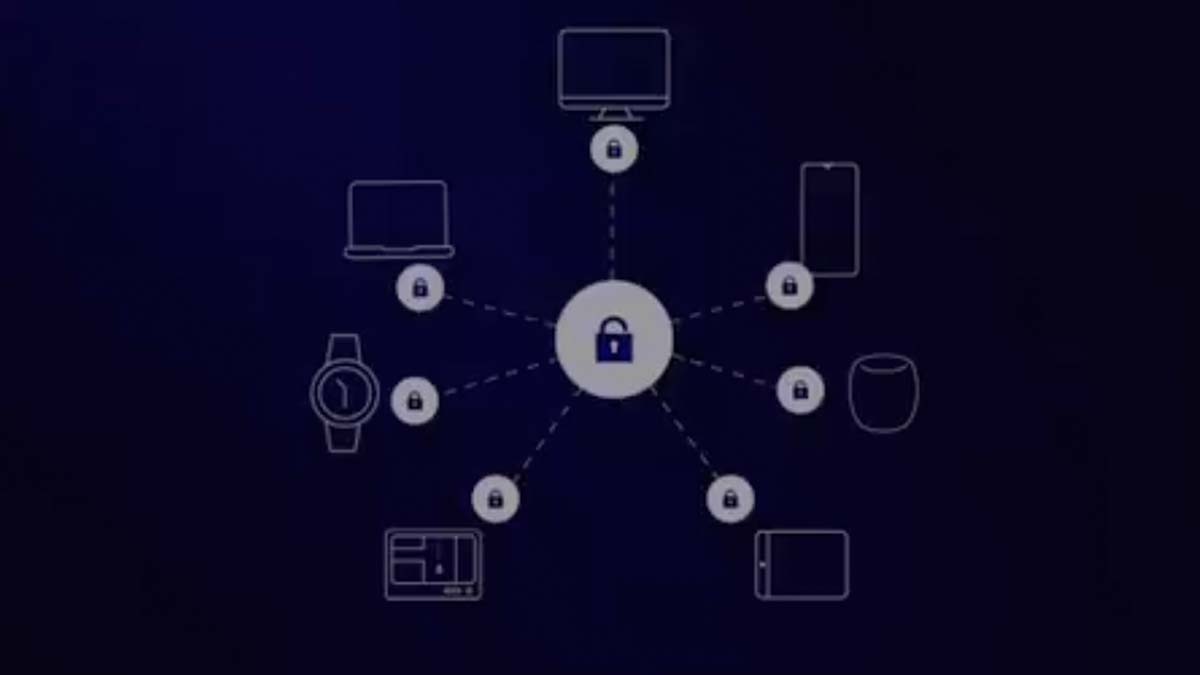Huawei announces its much-awaited new Operating System called HarmonyOS at the Huawei Developer Conference held in Dongguan, China. HarmonyOS is a lightweight & compact operating system based on the microkernel and specially developed to provide a smooth experience across all devices. According to Huawei, the HarmonyOS is completely different from Android & iOS and also developer-friendly wherein the developed apps can be flexibly deployed across a range of different devices.

HarmonyOS 1.0 will be first adopted in smart screen products which are due to launch later this year. Over the next three years, HarmonyOS will be optimized and gradually adopted across a broader range of smart devices such as smartwatches, smart screens, in-vehicle systems, and smart speakers. Huawei has also confirmed that it will lay the foundations for HarmonyOS in the Chinese market, and then expand it further to the global ecosystem.

Key Features of HarmonyOS
Seamless experience across devices – Using distributed architecture and distributed virtual bus technology, HarmonyOS offers a shared communications platform, distributed data management, distributed task scheduling, and virtual peripherals. Apps built on HarmonyOS can run on different devices while delivering a seamless experience across all scenarios.
Smooth performance – To provide the best performance HarmonyOS uses Deterministic Latency Engine and high-performance Inter Process Communication (IPC). The Deterministic Latency Engine sets task execution priorities and time limits for scheduling in advance. Resources will gravitate toward tasks with higher priorities, reducing the response latency of apps by 25.7%. The microkernel can make IPC performance up to five times more efficient than existing systems.
Security – HarmonyOS uses a new microkernel design that features enhanced security and low latency. This microkernel was designed to simplify kernel functions, implement as many system services as possible in user mode outside the kernel, and add mutual security protection. HarmonyOS is the first OS to use formal verification in device TEE, significantly improving security. In addition, HarmonyOS microkernel has much less code roughly one-thousandth the amount of the Linux kernel that greatly reduces the probability of an attack.

Developed once and deploy across multiple devices – HarmonyOS can automatically adapt to different screen layout controls and interactions and support both drag-and-drop control and preview-oriented visual programming. This allows developers to more efficiently build apps that run on multiple devices. Harmony OS uses static compiler called HUAWEI ARK Compiler that can perform on par with Android’s virtual machine, enabling developers to compile a broad range of advanced languages into machine code in a single, unified environment.

To encourage the broader adoption, Huawei will release HarmonyOS as an open-source platform worldwide and also establish an open-source foundation & an open-source community to support more in-depth collaboration with developers. Also, Huawei is working closely with ecosystem partners to deliver apps & services that provide the best experience to consumers.
Commenting on the announcement, Richard Yu, CEO of Huawei’s Consumer Business Group said, “We believe HarmonyOS will revitalize the industry and enrich the ecosystem. Our goal is to bring people a truly engaging and diverse experience. We want to invite developers from around the world to join us as we build out this new ecosystem. Together, we will deliver an intelligent experience for consumers in all scenarios.”